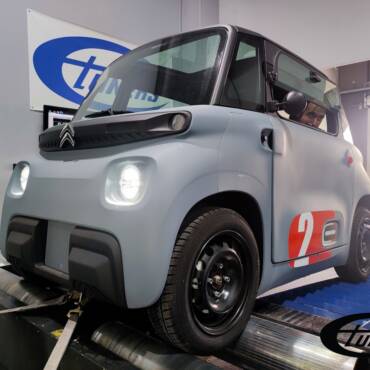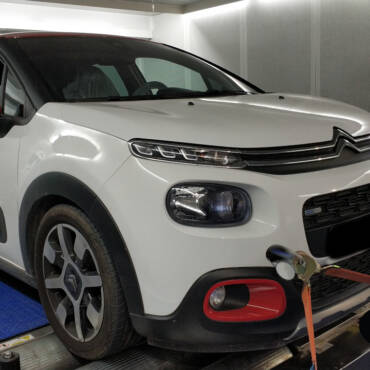THP engine naming, maintenance and servicing – 101
While today’s cars and engines are by all means much better technology-wise compared to the ones before, manufacturers play a dangerous game with consumers. By presenting longer service intervals they create a false image of cost efficient maintenance when the car is bought from brand new. Truth is, each part on a car has a very specific, limited product life and has to be replaced.
A very important detail most buyers miss: When a manufacturer says “for life”, it means 5 years. That is a car’s product life. It does not mean that you will keep the car for your lifetime if you stick to their schedule. Funny, is it not? Clearly a case of deliberate misunderstanding.
By the time you run into problems your warranty will have long expired. Hitting the 2-3 year mark, you will start to need replacement parts. Most warranty schedules cover 2 years or 100.000km. Longer warranty schedules posted in the media are covered by third party insurance companies but not the factory itself. The more replacement parts you need, the more expensive maintenance becomes. By year 5, you will start wishing you had a brand new car. For the factory, it makes sense: they need to sell you their new models or go bankrupt. If you have money to buy, that is.
Below you will find our recommended replacement schedule and steps to keep your car healthy vs the manufacturer’s. All this has been gathered through experience since 2006 when THP engines first appeared. Just because we prefer keeping our cars and maintaining them properly, as we wish.
| Manufacturer’s schedule | Recommended schedule for optimum performance and longer engine life | |
| Oil+oil filter change | 10.000km | 5.000km, or less depending on how much oil your engine consumes. Most do at least 1lt/4000km which is normal. |
| Spark plugs | 40.000km-60.000km | 20.000km. Or even 10.000km if your engine is highly tuned. If you wait for 60k, there will not be an engine left to replace the sparkplugs |
| Ignition coils | Never | 100.000km or 10years. Anything longer and you risk having a coil go boom leaving you stranded on top of a mountain or in the middle of the desert |
| Gearbox oil | 120.000km | 60.000km. Requires special care and attention if you have a limited slip differential installed |
| Blowoff valve | Never | 50-60k km. Its internal parts can get fractured and they find their way through the compressor wheel, killing the turbo |
| High pressure fuel pump | Never | 120.000km or every 8 years |
| Low pressure (in tank) fuel pump | Never | 120.000km or every 8 years |
| Timing chain | Never | 80.000km or every 5 years, as it stretches and elongates, altering timing. If you hear rattling in cold start in the morning, it is time to have it replaced. |
| Timing chain tensioner | Never | 80.000km or when you hear it rattle during cold start. |
| Lambda sensors (specially the front one, which is crucial for engine performance and fuel consumption) | Never | 100.000km |
| Turbocharger | Never | 120.000-160.000km replace or repair |
| Cam timing actuator | Never | Inspect and clean or replace very 80.000km |
| Variable cam timing gear | Never | 100.000km |
| Thermostat | Never | 80.000km |
| Catalytic converter | Never | Replace every 120.000km-160.000km |
How to keep your THP engine healthy and happy
Keeping your THP engine healthy and happy is a simple process. All you need to do is follow some key points in its maintenance. We hope this guide will help extend your engine’s life.
Prince engine codes covered are EP6-DT, EP6-DTS, EP6-CDT, EP6-CDTX, EP6-CDTM and EP6-FDTX. Or in the Mini world, N14B16AC and N18B16M0.
Engine Variations and differences
- EP6-DT is THP150, installed on the Peugeot 207 and Peugeot 308, produced up to 2011.
- EP6-CDT is THP156. installed on the Peugeot 207 facelift, 308, RCZ, Citroen DS3, DS4, DS5. Compared to its daddy (EP6-DT), it has no water/oil heat exchanger on the engine block. All its versions are equipped with a narrowband lambda sensor.
- EP6-DTS is THP175, installed on the Peugeot 207 RC/GTI, 308 GT and Citroen DS3 Racing (which is named THP200 but is nothing like EP6-CDTX), DS4 and DS5. Compared to the smaller sisters (EP6-DT and EP6-CDT) it uses a larger turbocharger and has a larger cat-back exhaust (55mm vs 50mm on thp150/156 models).
- EP6-CDTX is THP200, found on the Peugeot RCZ, 208 GTi and 308 GTi. It meets Euro5 emission standards. Produced until 2015. THP200 has adjustable cam timing on both intake and exhaust cams. It is also equipped with BMW’s valvetronic system for variable valve lift. This is the very reason that it produces so much more power compared to the older versions, while conforming to newer Euro5 environmental standards.
- EP6-CDTM is THP163, found on the new Peugeot 208GT, 308 II and 3008. This engine is the first to support flexfuel standards for markets with Ethanol based fuel types (hi Brazil).
- EP6-FDTX is THP208, found on the Peugeot 208GTi 30th Edition, 208GTi PS edition, 308 GTi facelift. It meets Euro6 emission standards. Produced after 2015.
Luckily, we support all of the above for tuning/remapping apart from EP6-CDTM/EP6-FDTX with our reflashing system, FlasherTHP.
Here is a list of ECU types found on these systems:
- EP6-DT – Bosch MED17.4
- EP6-CDT – Bosch MED17.4.2
- EP6-DTS – Bosch MED17.4
- EP6-CDTX – Bosch MEVD17.4.2 (has Variable Valve Lift technology)
- EP6-CDTM – Bosch MEVD17.4.4 (has Variable Valve Lift technology)
- EP6-FDTX – Bosch MEVD17.4.4 (has Variable Valve Lift technology)
Bosch ECU naming abbreviations
The difference between MED and MEVD is the presence of Variable Valve Lift.
M – Motronic
E – Electronic Accelerator
V – Valvetronic
D – Direct Injection
C – Control
ECU code numbering based on manufacturer
As you may have guessed, Bosch has reserved numbers on the codes of the Electronic Control Units for its contractors to use on their systems.
.0 is reserved for Ford -> MEDG17.0
.1 and .5 is reserved for VAG (Audi/VW/Seat/Skoda)
.2 is reserved for BMW/Mini -> MED17.2
.3 is reserved for group Fiat/Alfa -> MED17.3
.4 is reserved for PSA (Peugeot-Citroen) -> MED17.4
.7 is reserved for Mercedes -> MED17.7
.9 is for Hyundai/KIA -> MED17.9
Engine electronics
- Oxygen sensors
The oxygen sensors have a lifespan of 80.000km-120.000km and should be replaced while they are still working well. If not, they cause high fuel consumption and performance problems. The front sensor regulates mixture while the rear sensor monitors the condition of the catalytic converter. - Pressure sensors
Prince engines have two pressure sensors: One on the boost pipe after the intercooler and one on the intake manifold. Both are exposed to oil fumes circulating in the intake system, which can eventually foul them. Cleaning them every 30.000km helps extend their life. The cleaner they are, the better they behave. - Electronic control unit
In general, the engine control unit does not cause problems or produce faults by itself. However, there have been many reported cases of generation 1 ECUs (produced up to 2008) losing control of one injector. The engine starts misfiring and rattling when that happens, without any hardware problem. In case something like this happens, the first step is to get the latest ECU firmware update from the manufacturer and see if that solves the problem. In most cases it is just a hardware fault of the injector driver and the ECU needs to be replaced. - Engine fusebox
The Peugeot 207 platform has major problems with the engine fusebox because it is prone to water damage. The fusebox by itself is well behaved. If the windscreen drains become clogged, the nearest exit point for water is through the engine’s fusebox. Protecting it can save you from a taxi ride home.
Engine hardware
- Hydraulic chain tensioner
Does your THP engine sound strange in the morning at cold start? Do you hear the chain rattle until the engine warms up and then the sound is gone? The chain tensioner is to blame. It either gets stuck or its spring weakens over time. This results in the chain being very loose until oil heats up and you get good engine oil pressure.
Have it replaced ASAP. A bad hydraulic tensioner can cause the engine to lose its timing because of the unstable motion it causes at cold start. - Loss of engine timing
Loss of engine timing is a very common problem in THP150 and THP156/165 engines. It is not common on THP200. Slipping cam shaft or crank shaft sprockets cause the engine’s timing to go out of phase. This causes a permanent retardation of the camshafts, resulting in high fuel consumption and sluggish engine performance overall. You can check “Long term fuel trims” (aka LTFT) via OBD2 to see if this is happening. If LTFT goes over +10%, there is loss of timing. - Clogged intake valves
In direct injection engines the injectors sit in the cylinders. They do not spray the intake valves with fuel, like they do in traditional indirect injection engines. Whatever dirt and oil residues land on the intake valves will stay there, building layers of a thick rubber-like substance. The thicker these layers become they more the inhibit airflow around the valves and the more the engine loses its performance. You can read more on this in detail here.
This usually happens every 50.000-60.000km and the engine can lose as much as 20% of its power. It is a big headache because this is a mechanical problem: it cannot be detected with engine diagnostics because it does not show up as an error anywhere.
Remember to clean your intake valves as often as you can. It can extend the life of your engine and make sure it is working properly! There are many ways to do it without removing the cylinder head. - Thermostat
Although the thermostat is electronically controlled, its mechanical valve starts to under-perform over time. This leads to longer warm-up periods in the morning. It also leads to the coolant temperature going colder when travelling downhill or off throttle. Both these problems usually become evident after 70.000km. Replacing the unit fixes them. It is a good idea to replace the engine’s coolant every 2 year maximum, as it loses its rust protection properties.
Ignition
- Ignition coils
The stock coils will generally not fail. They are very reliable. But make sure you never expose them to humidity or water and they will be good for life. If you wash your engine, remove the coils and let everything dry up completely before re-installing them. - Spark plugs
Spark plugs should be kept no more than 30.000km on a completely stock engine. If you have a remap, it is advisable to renew them every 20.000km because you will notice a big drop in performance as you go over the 20.000km limit.
A good way to check their condition is by measuring spark gap. Stock spark gap is 0.8mm. The moment it goes over 0.9mm, ignition problems start to occur. For engines with a remap, we recommend setting the spark gap to 0.6mm. This will increase spark plug wear but will improve spark power by a lot.
Always stick to the manufacturers recommended spark plugs. As a rule of thumb, they are all made by NGK and are either made of Platinum (PLZ code prefix) or Iridium (ILZ code prefix). Anything else will just not do as only the heat range of Platinum and Iridium is suitable for turbo engines.
Useful codes:
Iridium – ILZKBR7A-8G (Peugeot RCZ THP200, Citroen DS4 Racing THP200, Mini Cooper S Works Edition)
Platinum – PLZKBR7A-G (stock 150/156/165hp and 175hp)
Engine Oil
- Burnt oil – Oil consumption issues
Ok, by now you have probably realised that THP engines consume a fair amount of oil. The usual oil consumption average is 1 liter per 5000km. Some engines consume less, some engines consume a bit more. This is very usual for direct injection engines and is no reason to worry. A part of oil consumption comes from the piston rings, another part comes from the valve oil seals leaking into the intake. If you fix one and leave the other, you will still have some oil consumption.
When your engine starts to consume oil, do NOT just top it up. Have the oil completely drained and replaced. Then wait and check your oil consumption again after the oil change. These engines are very particular about oil types: they love a few but hate the rest.
Most owners will just top-up engine oil when in fact the reason for oil consumption may be the degraded oil quality. Bad engine oil quality means shorter life and faster consuption.
If your engine starts to consume 1liter/1000km then you will need to check its compression. Then have the valve seals in the cylinder head replaced and everything checked by a specialist. Most cases, the piston rings need to be renewed to fix the consumption problem completely.In terms of oil type, the most usual type is 5W-30, fully synthetic. If you live in a warm country (not Russia, not Canada, not the North Pole), you can probably use one grade thicker oil without problems. Colder countries can go down to 0W-30 without issues, as long as it is always fully synthetic.
Fuelling
- The stock fuel pumps, both high and low pressure, are usually good for 100.000km. They wear quickly when used in hot environments and they can be damaged by dirt in the fuel system.
Some THP low pressure fuel pumps, specially in African versions, come with an external fuel filter that can be replaced. It is a good idea to replace that every 20.000km. European versions have a filter built into the fuel pumps housing and it cannot be replaced. - Stock injectors are usually good for life, unless the fuel system becomes contaminated with dirt or is left unused with fuel in it for a long period of time. Because they operate from 50bar to 120bar, it is easy for their nozzles to become clogged. While Peugeot and Citroen forbid ultrasonic cleaning, there are modern methods for cleaning and testing them, that work properly.
Be warned: A clogged injector can lead to a broken piston. It is a good idea to have them checked, measured and cleaned every 60.000km-80.000km.
Turbo
- Cracked exhaust manifold
Cracks usually appear first inside and then outside the exhaust manifold. Very often we also see cracks develop on the twin scroll split. Eventually the manifold needs to be replaced before parts of it end up in the turbine. There is not much that can be done in terms of maintenance, just replace the exhaust manifold if you see cracks on the outside. - Cracked turbing housing
It is very common to find hairline cracks in the turbo’s exhaust housing. The cracks start from the split between the twin scroll geometry and propagate outwards. There is not much that can be done to avoid them, it is just the material that is brittle and prone to cracking after 60.000-80.000km or so. Eventually the whole turbine housing needs to be replaced, or even the whole turbo if the turbine gets damaged. - Oil consumption because of the turbo
Sometimes the turbo itself can be the reason for increased oil consumption. You can do a quick check to see if the turbo is losing oil by visual inspection of the compressor outlet pipe (on the cold side) and then the turbine housing on the hot side by removing the downpipe. If there are any signs of oil on either side, the turbo is leaking oil and needs to be serviced by a turbo repair shop. Or replaced with a new one. Do not leave it leaking oil!
These are just a few of the things we look in THP engine maintenance. Most checks are visual, some of them combine diagnostic tools and special tools. All in all, it is fairly easy to keep the engine in good shape.



































